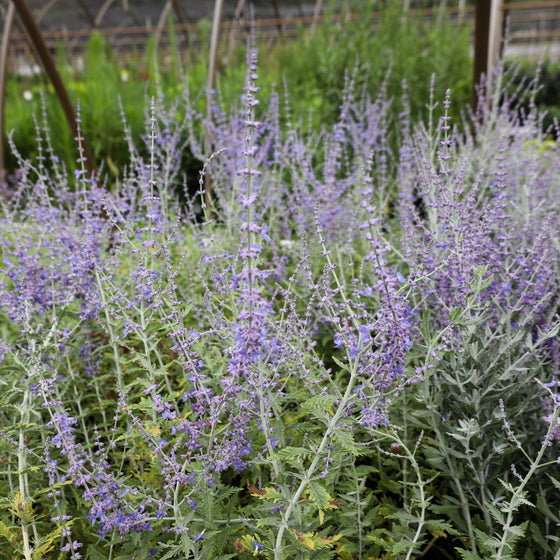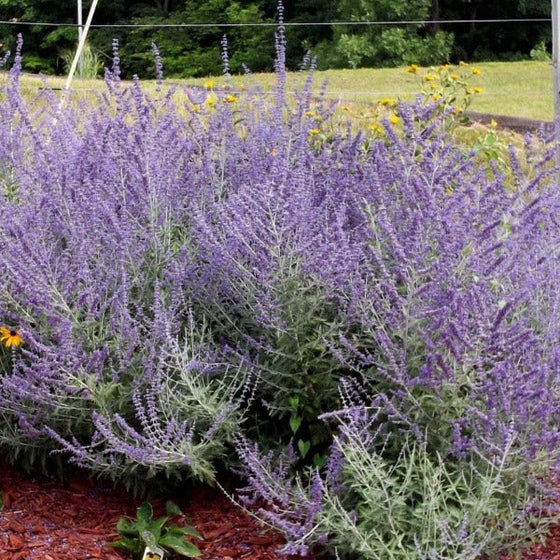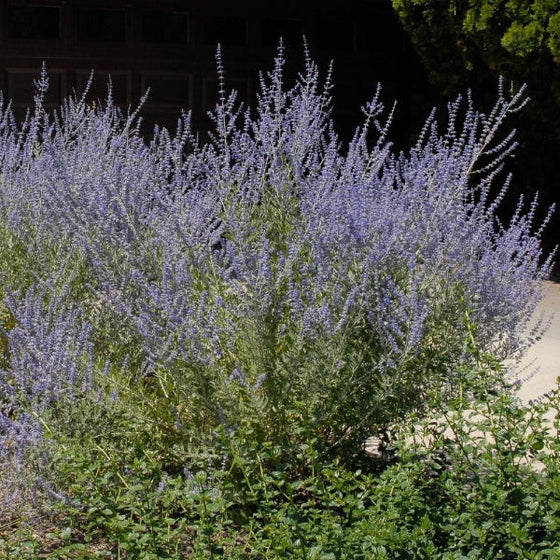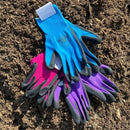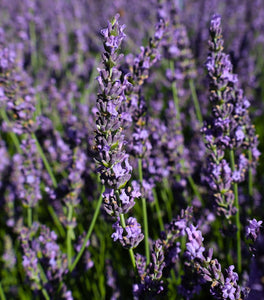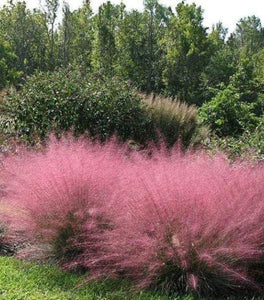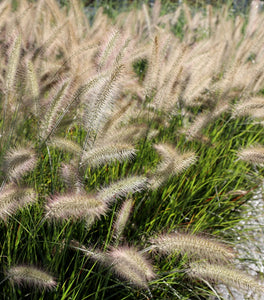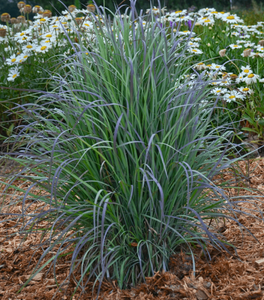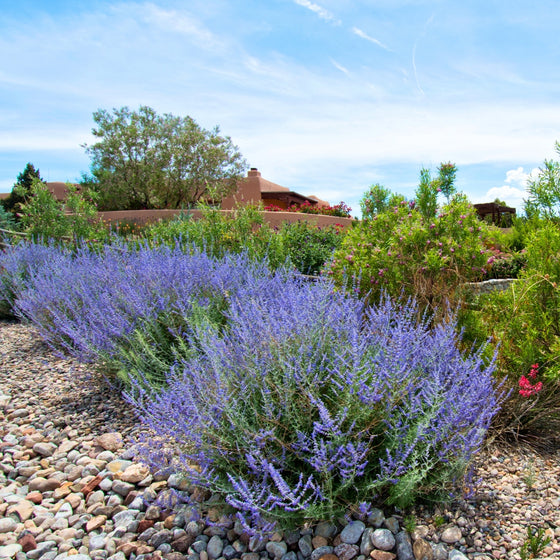
Images Depict Mature Plants
Russian Sage Plants for Sale Online
The Russian Sage or Perovskia atriplicifolia is a perennial in the mint family that produces a cloud of tiny blue flowers on arching stems that grow 3 to 4 feet tall and wide. Nicely complimenting the whorls of flowers are gray-green leaves.
Russian Sage has taken the gardening world by storm, rising from obscurity to enormous popularity in the past decade. Along the way, several different plant forms were introduced, including dwarf varieties.
This plant is quickly grown in average, dry to medium, well-drained soils in full sun. Russian sage hates to have "wet feet," so avoid wet, poorly drained soils. Russian Sage plants are very drought resistant. When crushed, the flowers are wonderfully aromatic.
1995 Plant of the Year by the Perennial Plant Association
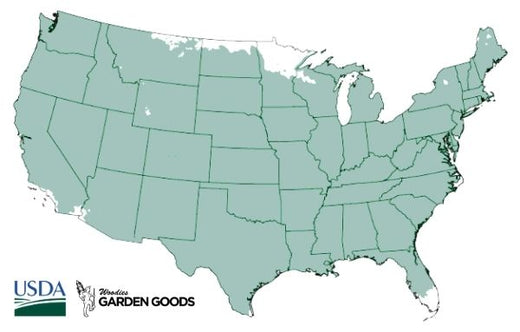
| Hardiness Zone: | 4-9 |
|---|---|
| Mature Height: | 3-4 Feet |
| Mature Width: | 3-4 Feet |
| Sunlight: | Full sun to part sun |
| Water Requirements: | Drought tolerant |
| Selling Points: | Deer resistant, drought tolerant, heat tolerant |
How to Care for Russian Sage
Before you buy a Russian Sage Perovskia Plant, make sure to read about the recommended care instructions to keep this plant healthy and thriving.
How do I plant Russian Sage Perovskia?
These plants can be placed in areas with full to partial sun in average, dry to medium, well-drained soils. Try to avoid soils that retain too much moisture, as this can promote rot. After receiving your plant, remove it from its box and let it sit out for a few days before planting to allow it to acclimate to its new surroundings. When the time comes, remove the bush from its container, loosen the roots with your hand, and place in a hole that is twice as wide, but no deeper than the container it came in. backfill with a mix of the original soil and compost or topsoil. Consider adding a layer of mulch around the plant to help retain moisture in the soil.
How often do I water Russian Sage?
After planting your newly purchased bush, give it a slow, deep watering to encourage the roots to settle. Water regularly while the roots are establishing, a few times a week. Once the Russian Sage has developed a solid root system and acclimated to its new location, it is easy to take care of and only requires watering as needed. This plant prefers dry areas so do not frequently water the plant.

When do I prune a Russian Sage Perovskia?
The best time to prune is in early spring before new growth emerges. In order to promote extensive and dense growth, cut back the plant almost to the ground, only a few inches high. It will quickly grow back and fully bloom by summer. If the plant stops blooming in the summer, cut off half of the stem to encourage new blooms.
How do I fertilize Russian Sage Perovksias?
To give the soil around your Perovskia some more nutrients, apply an all-purpose fertilizer around the fall. Be sure to follow the package instructions about how much fertilizer to apply. Over-fertilization is much more detrimental than under-fertilization. For the best results, fertilize your Russian Sage plant in late fall.


